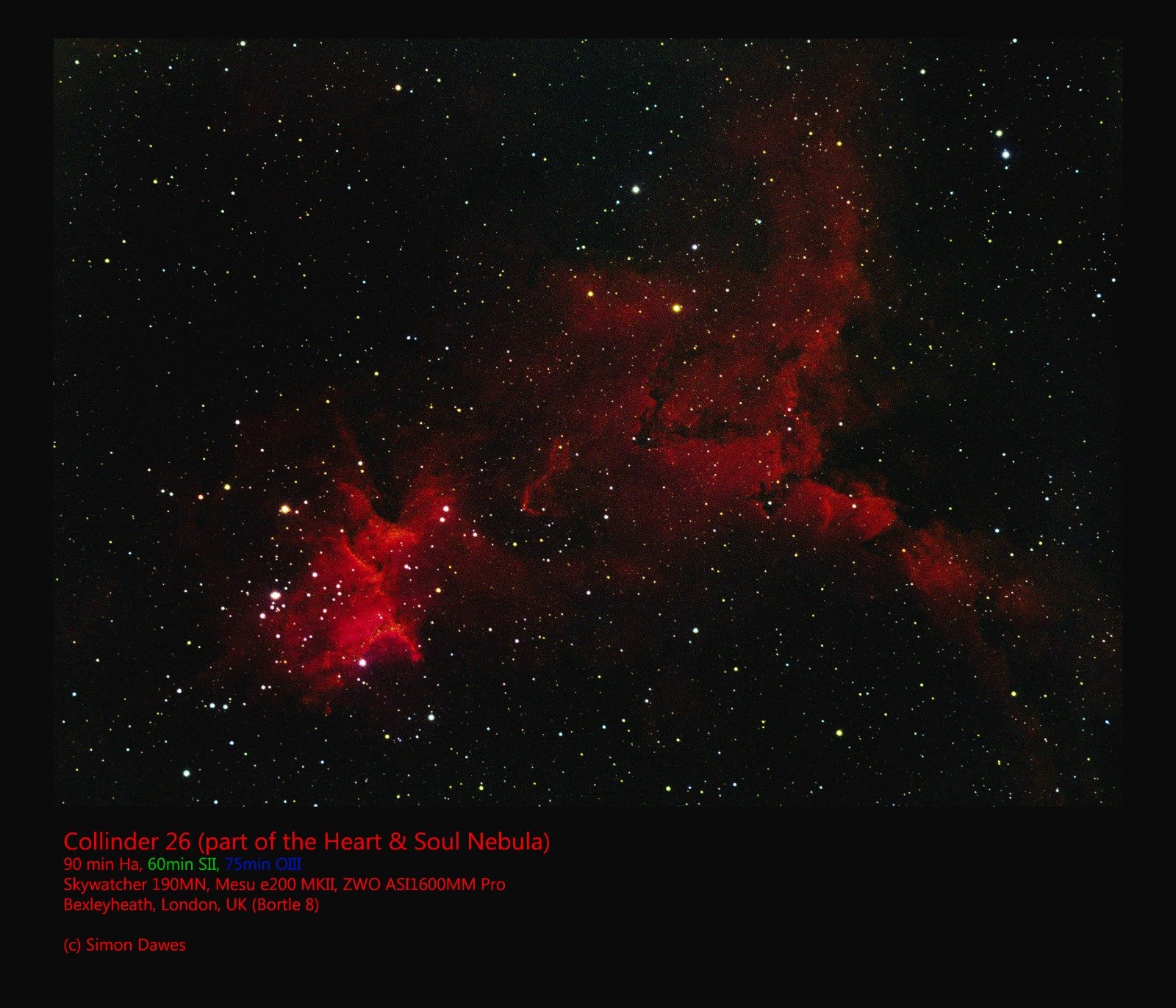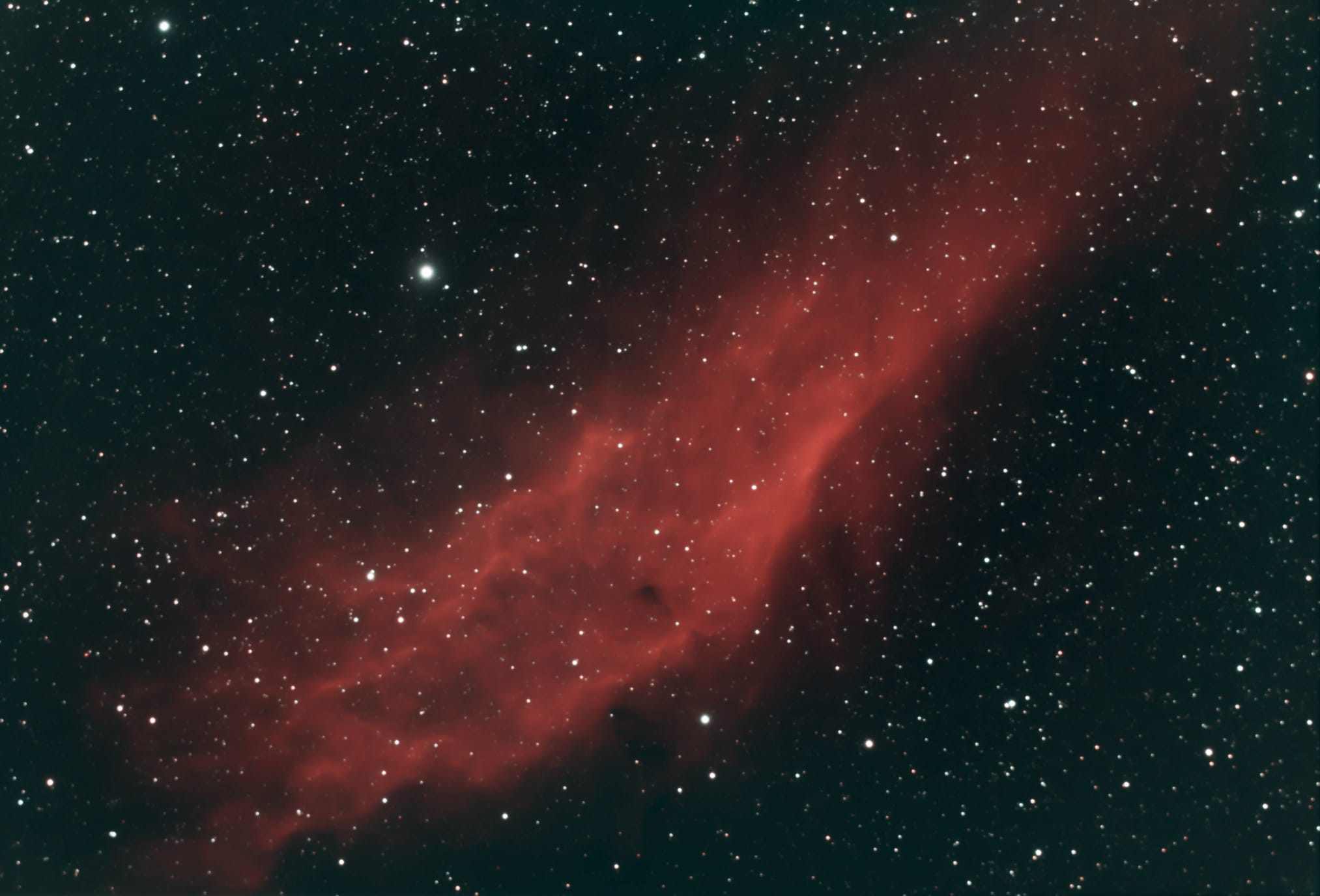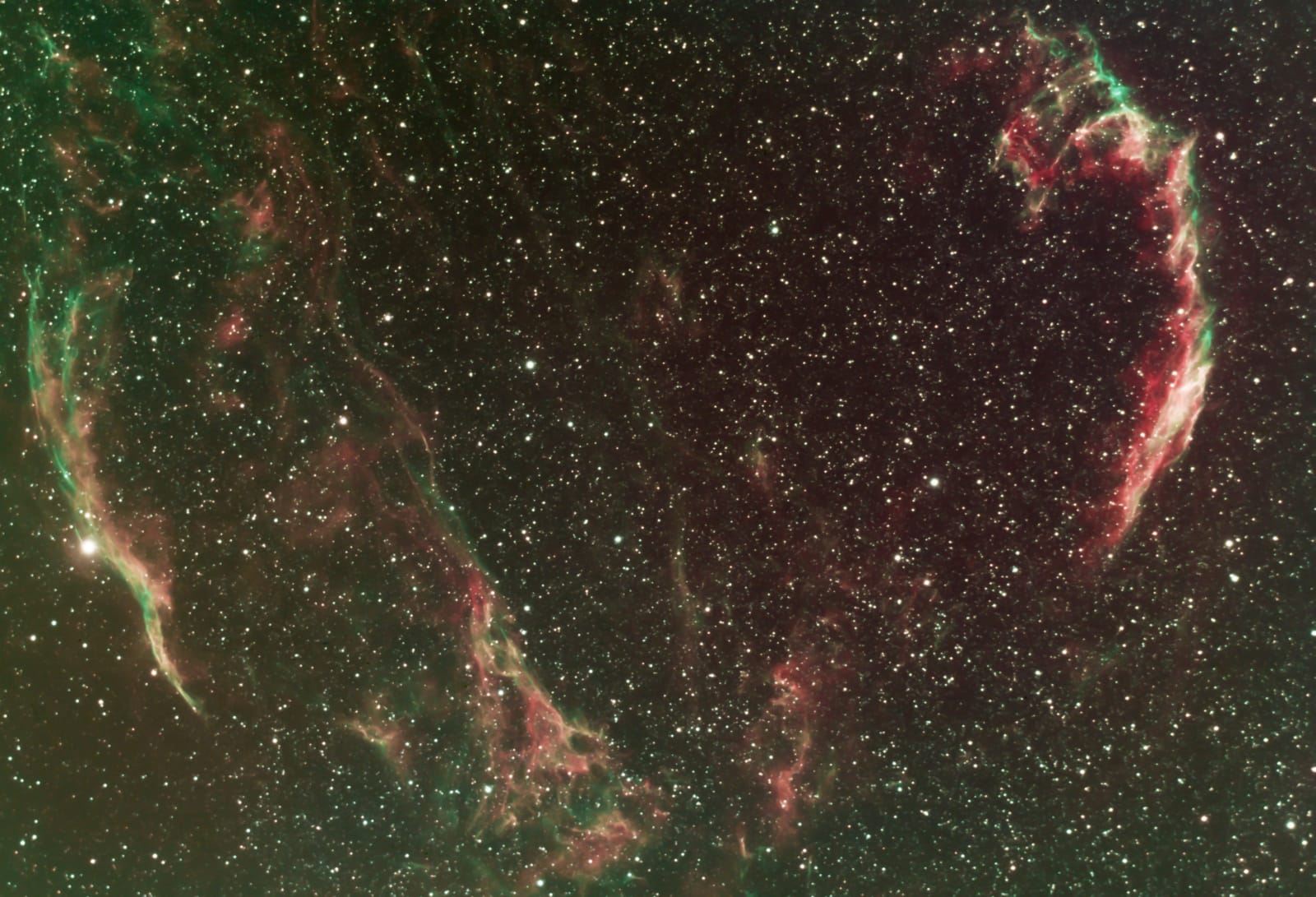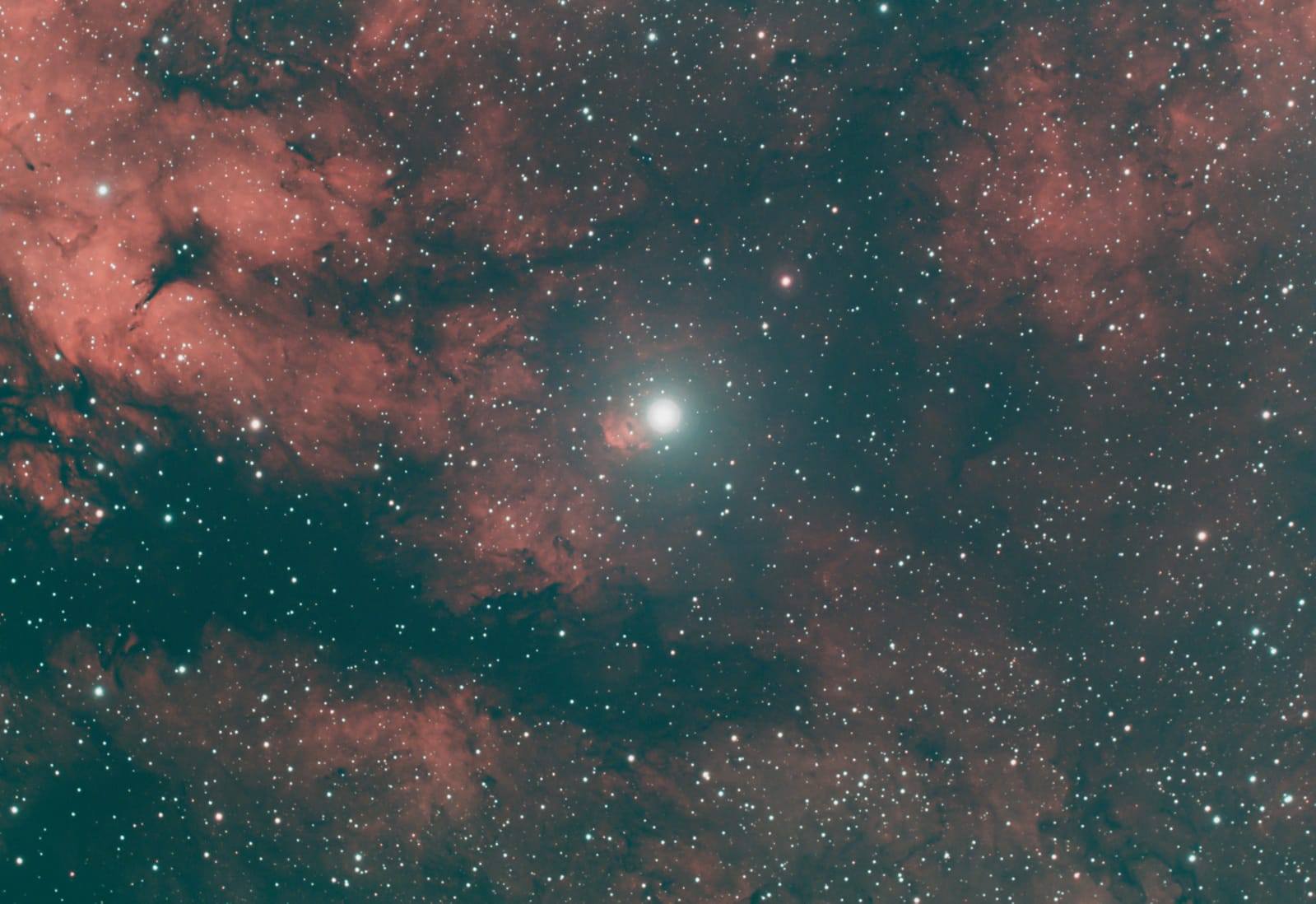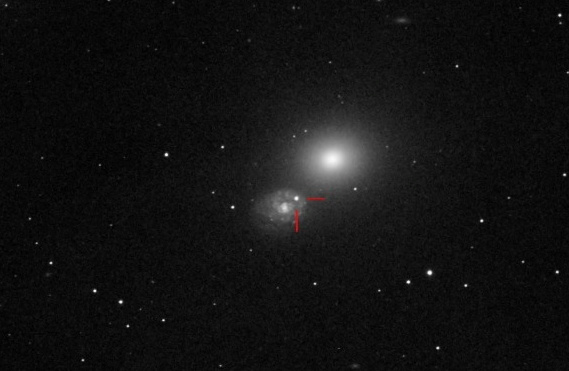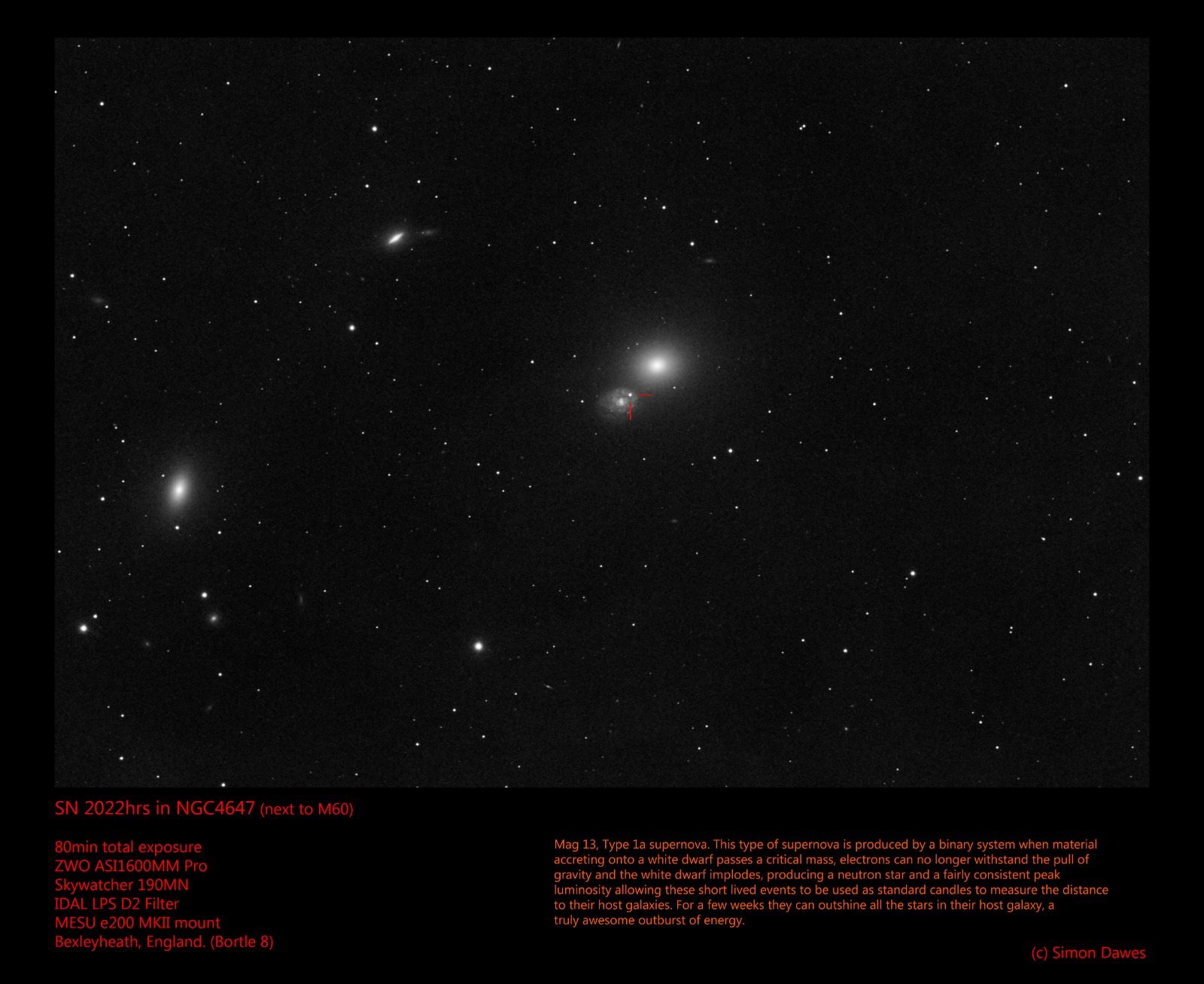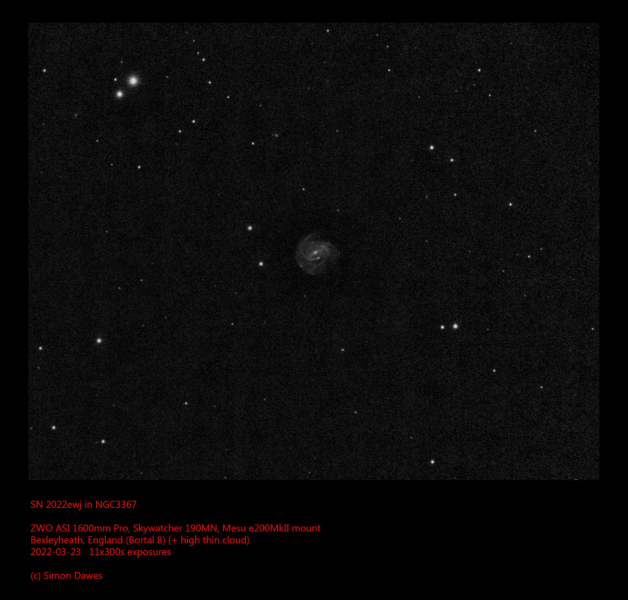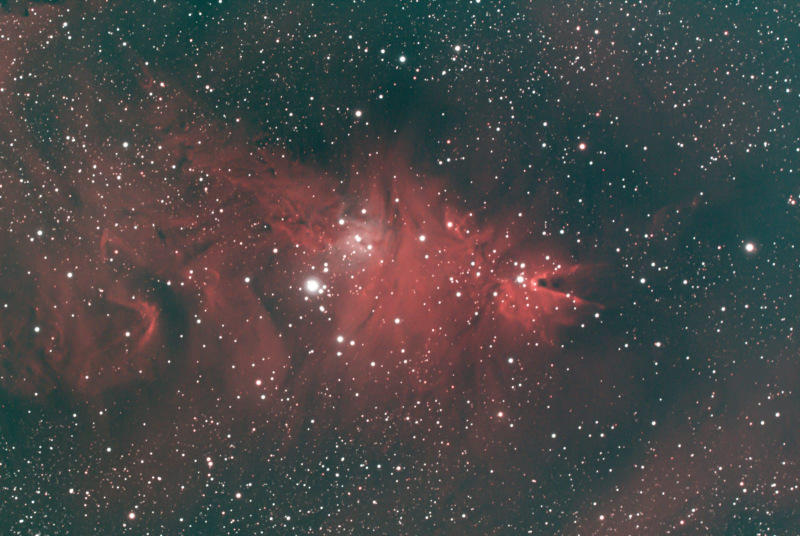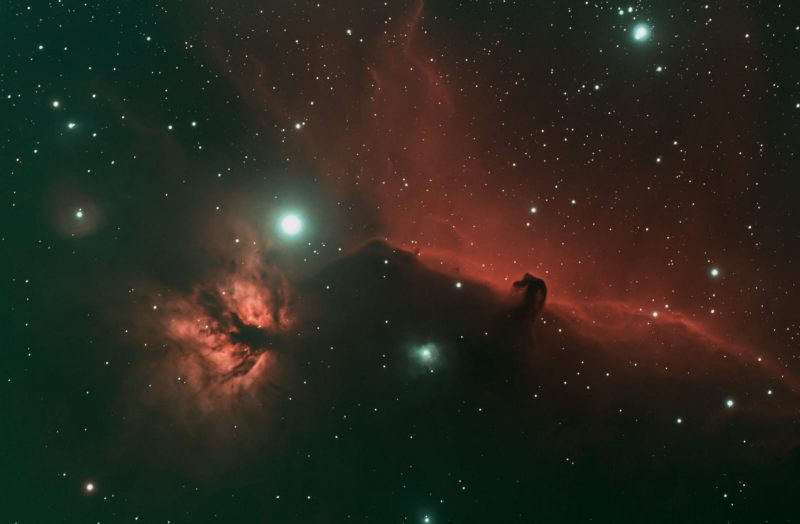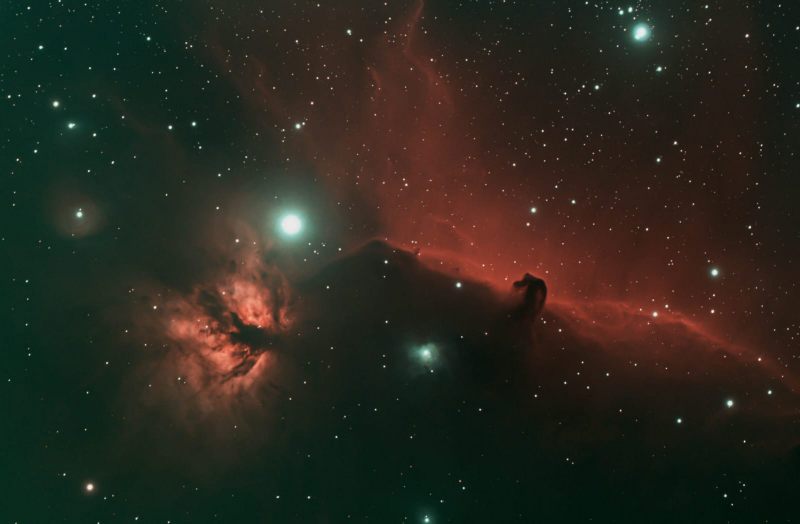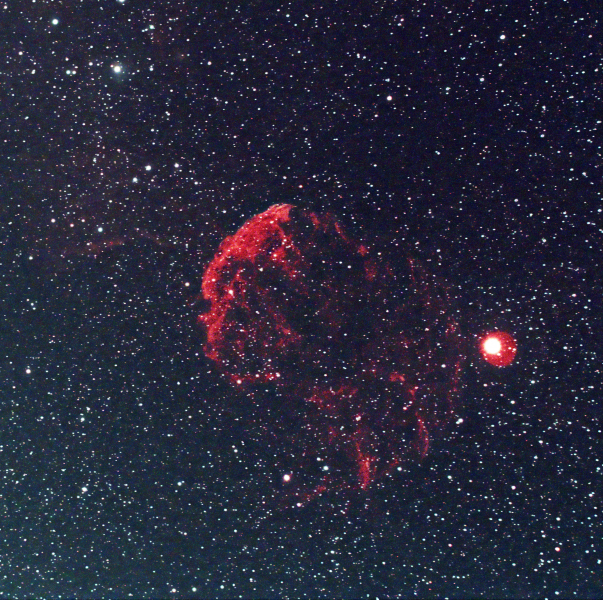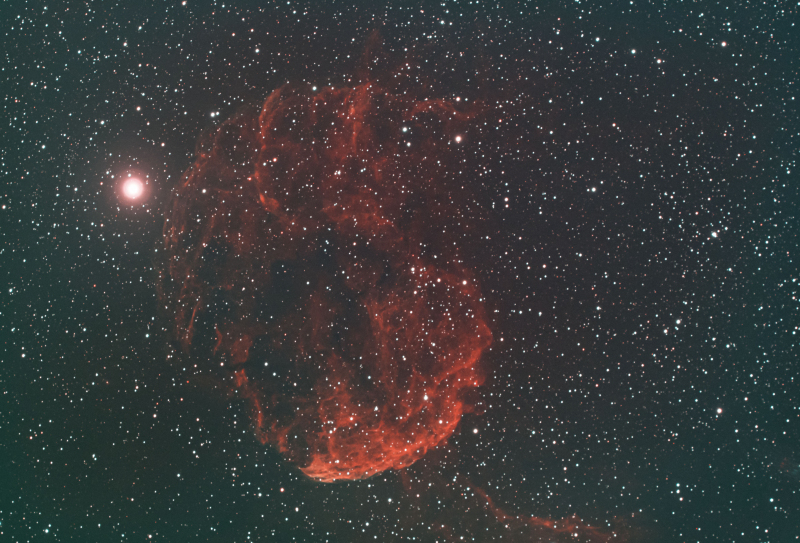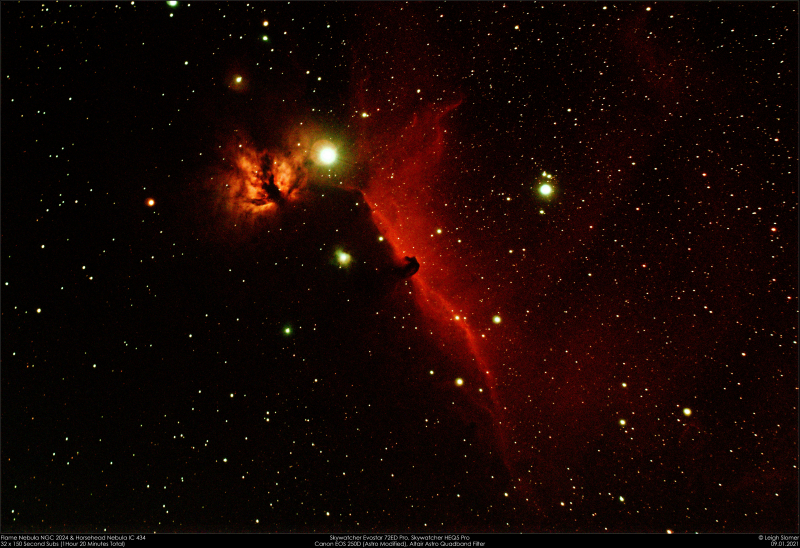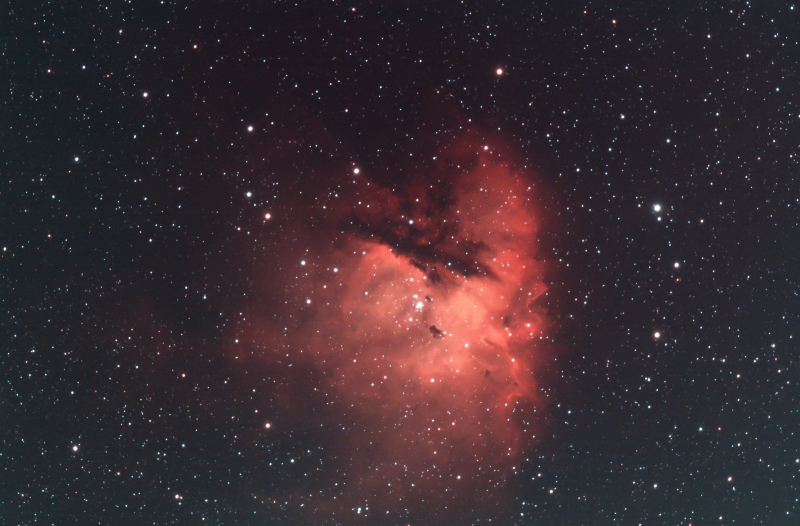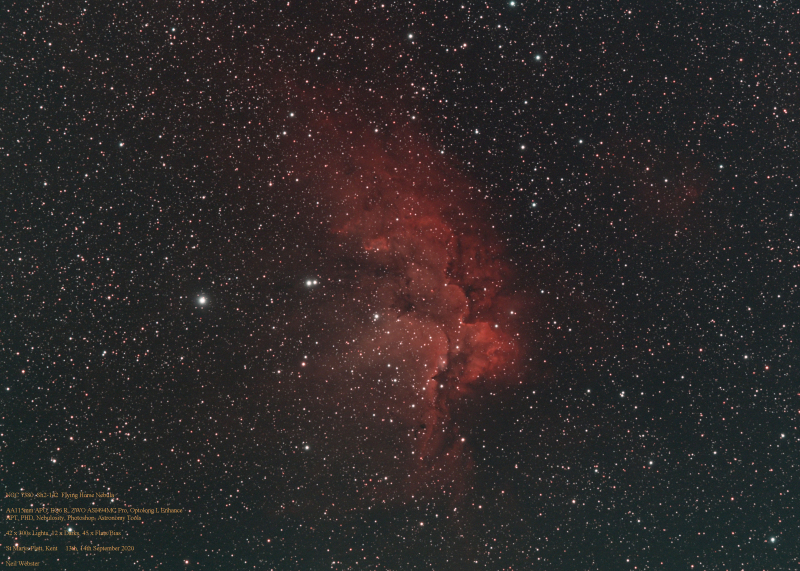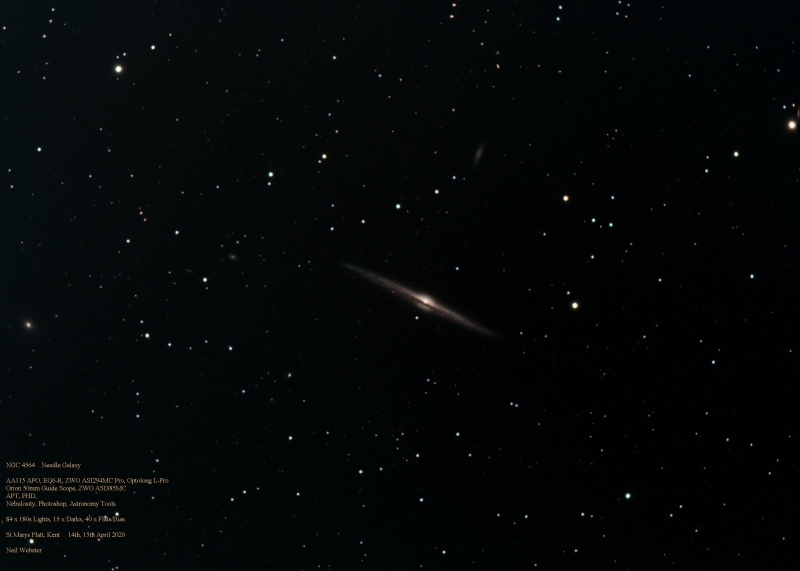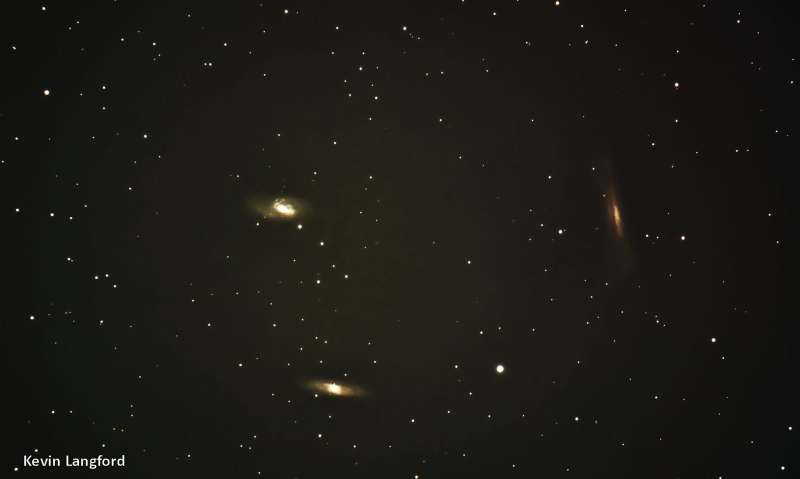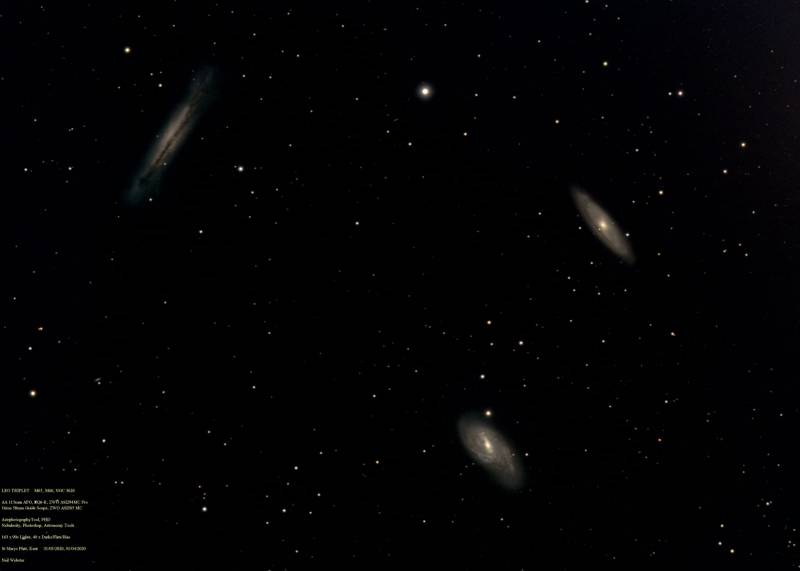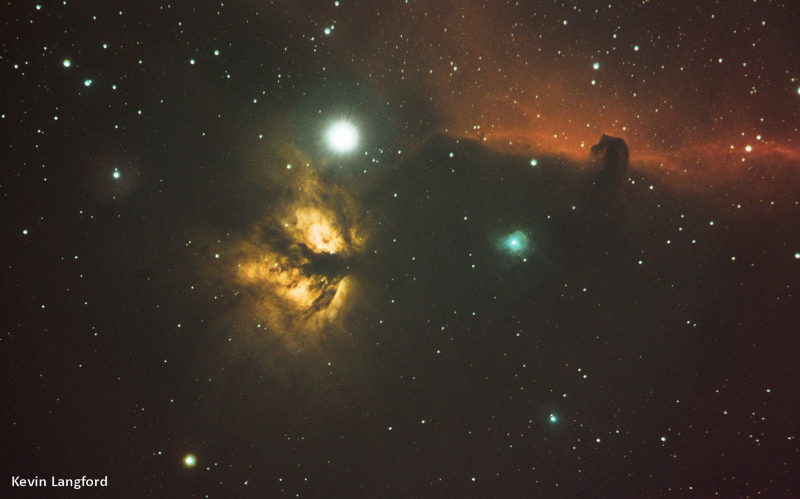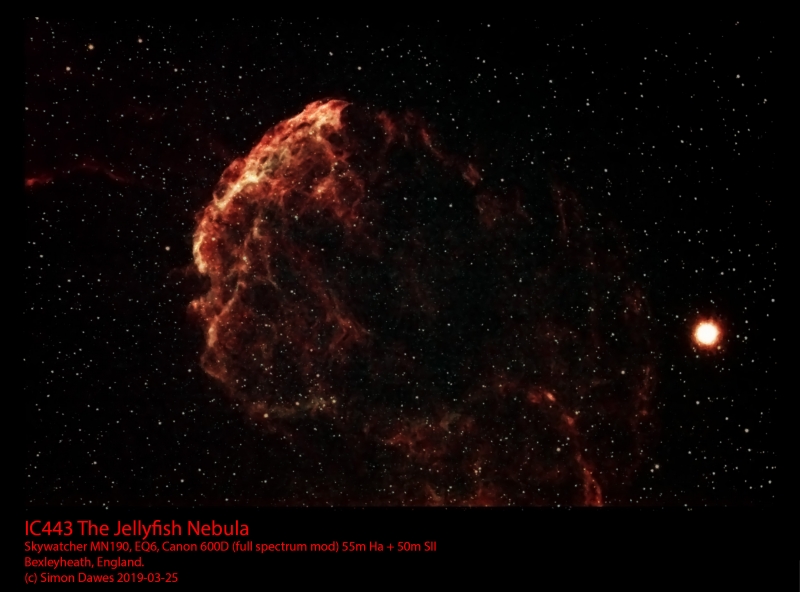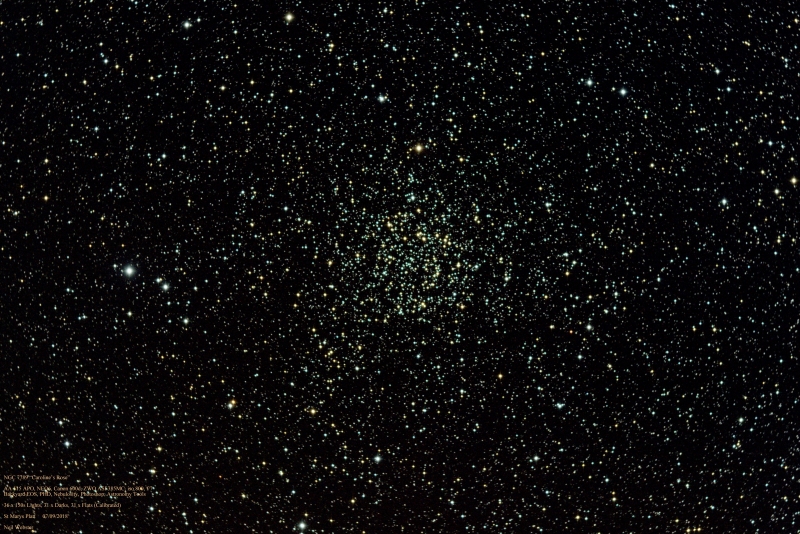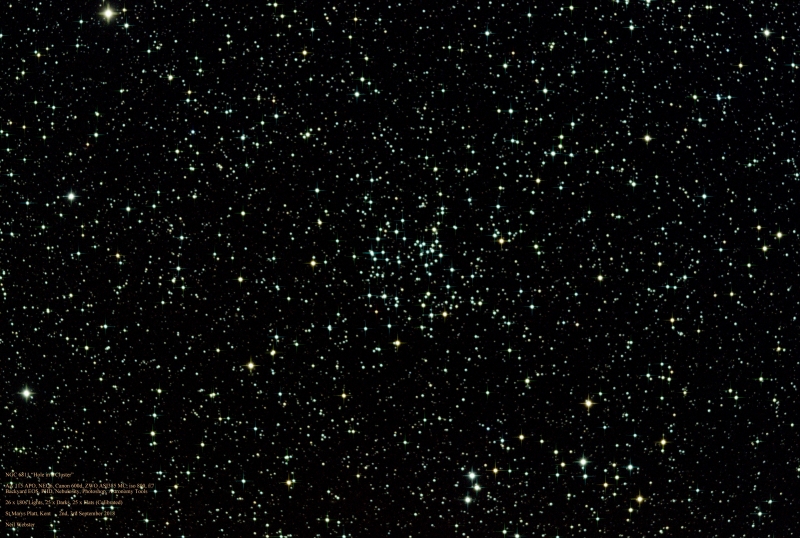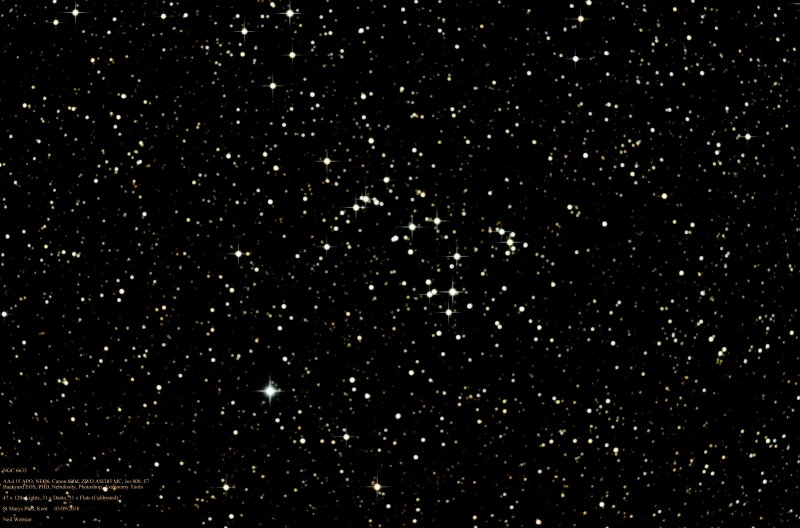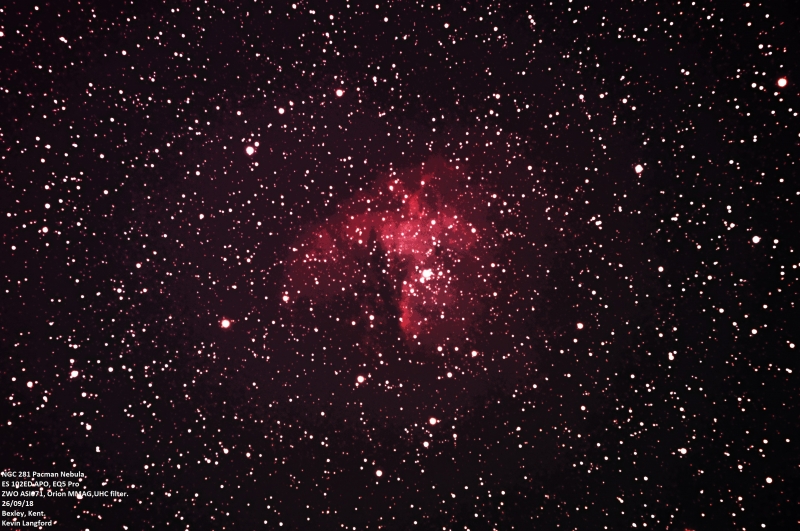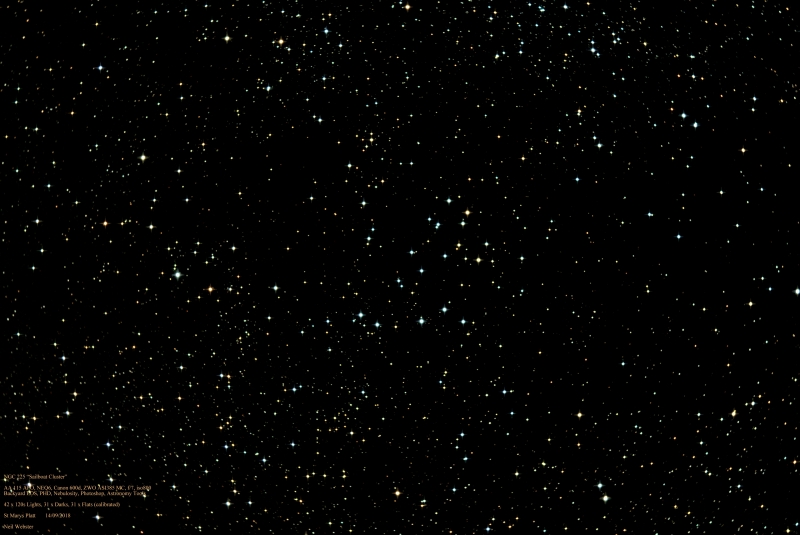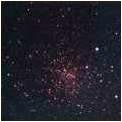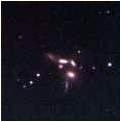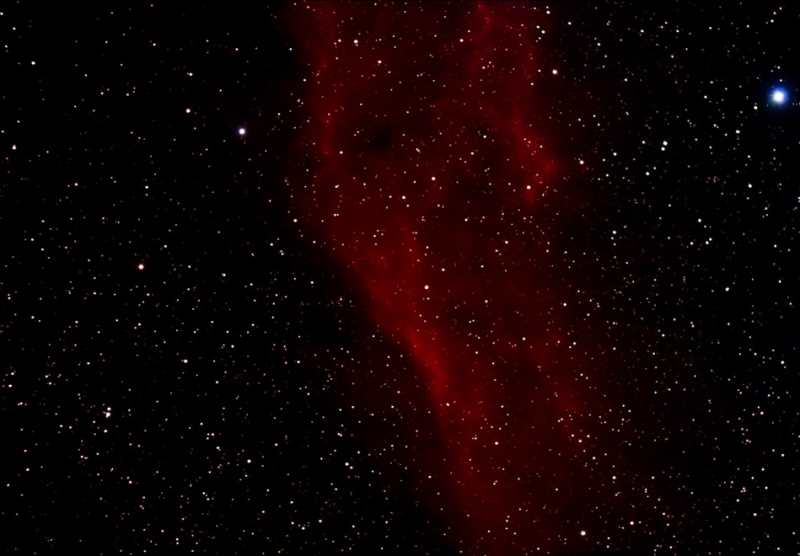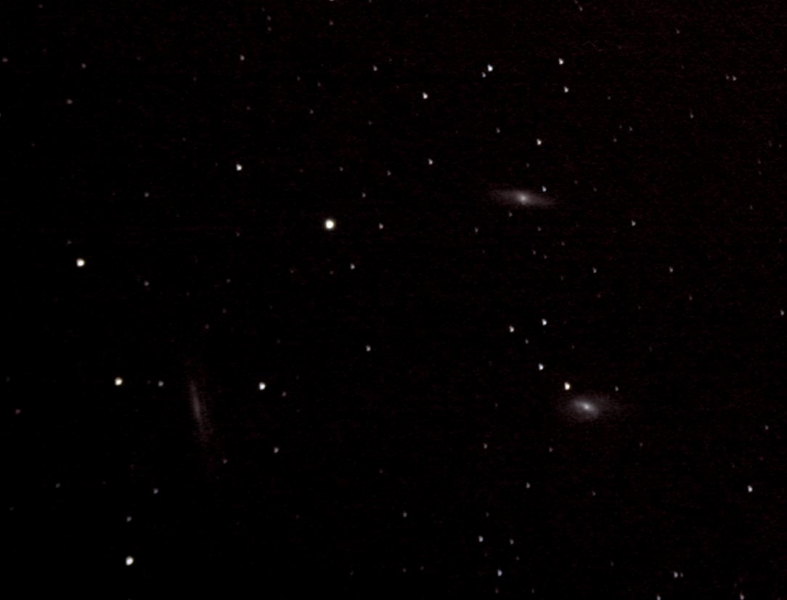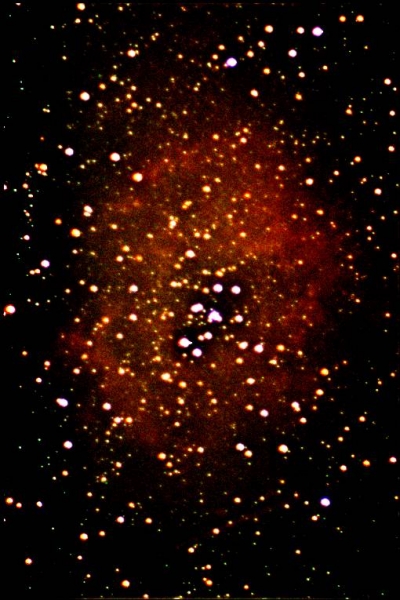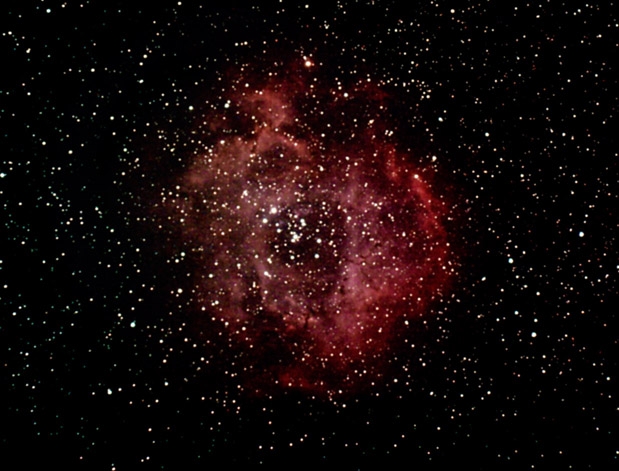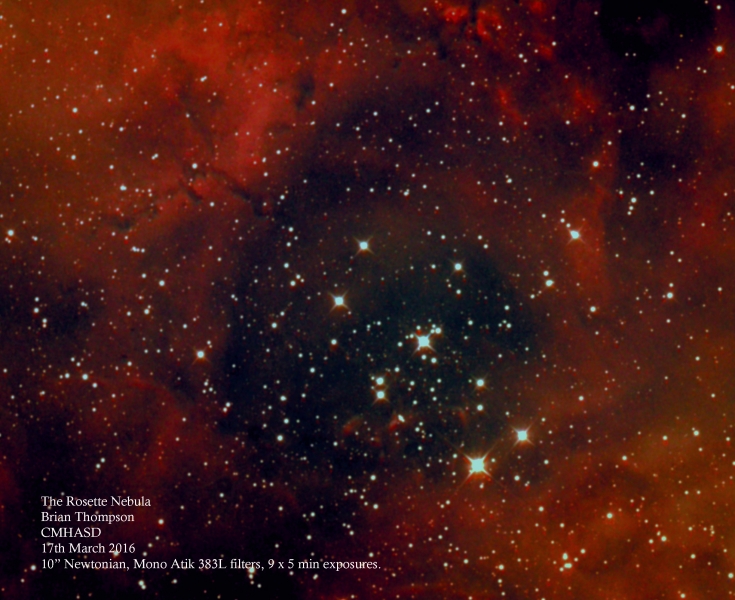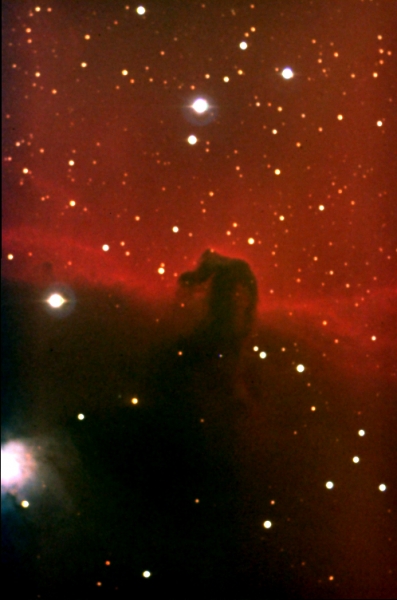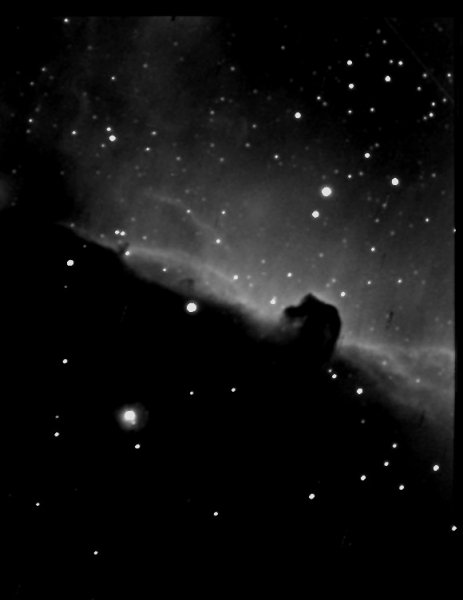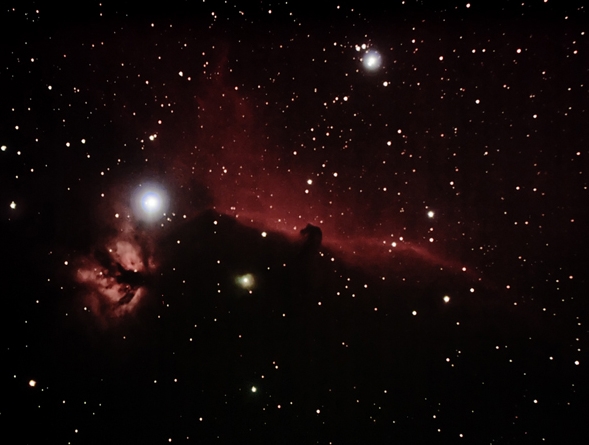So you have observed the Messier and Caldwell objects and want to know what other wonders are out there, the Herschel 400 would be a good start, but if you are after inspiration why not look at what others are observing by having a browse below.
17th/18th November 2025 images by George Buckberry
The latest images from member George Buckberry. Taken using a Dwarf3 smart scope.

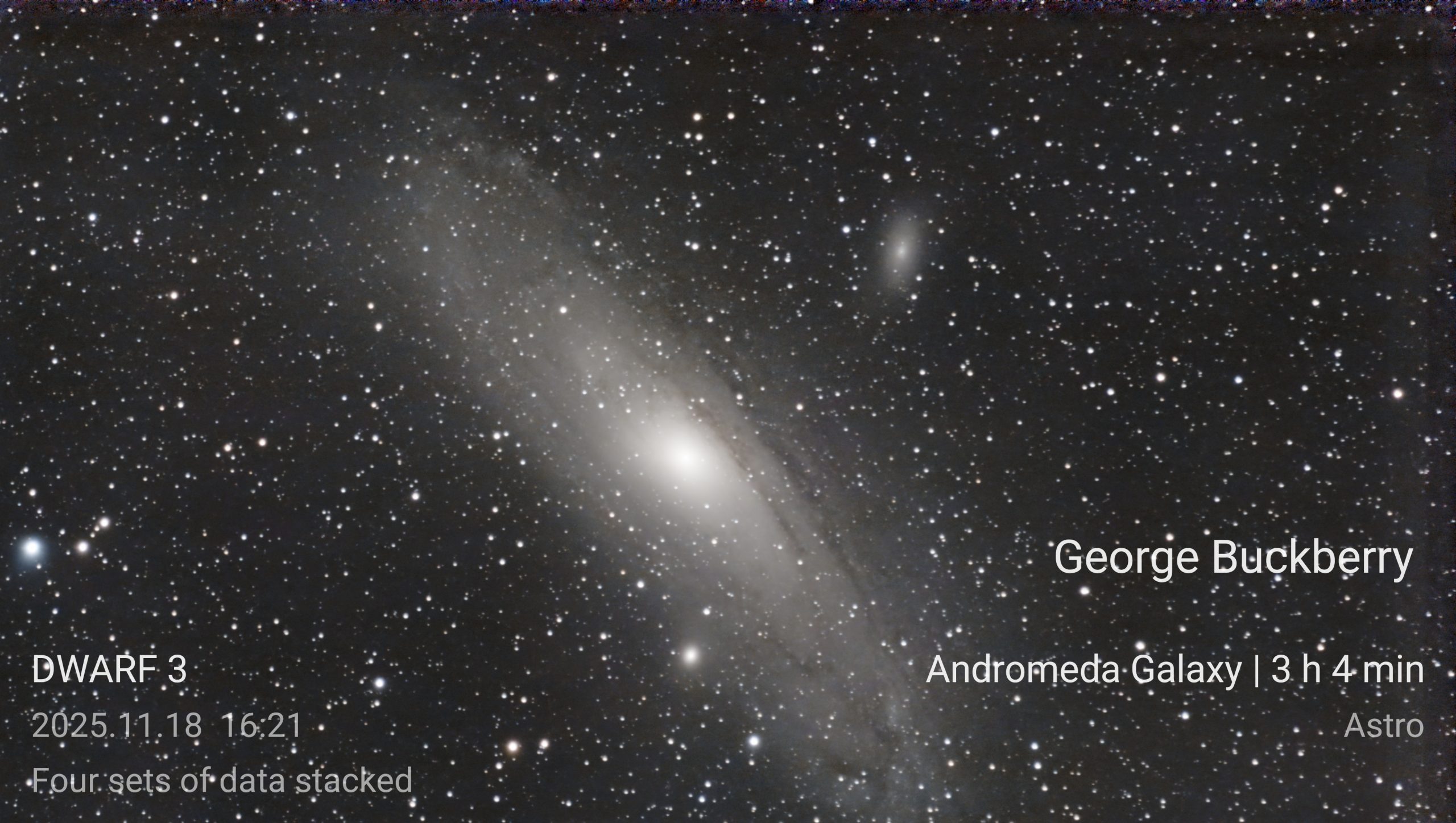
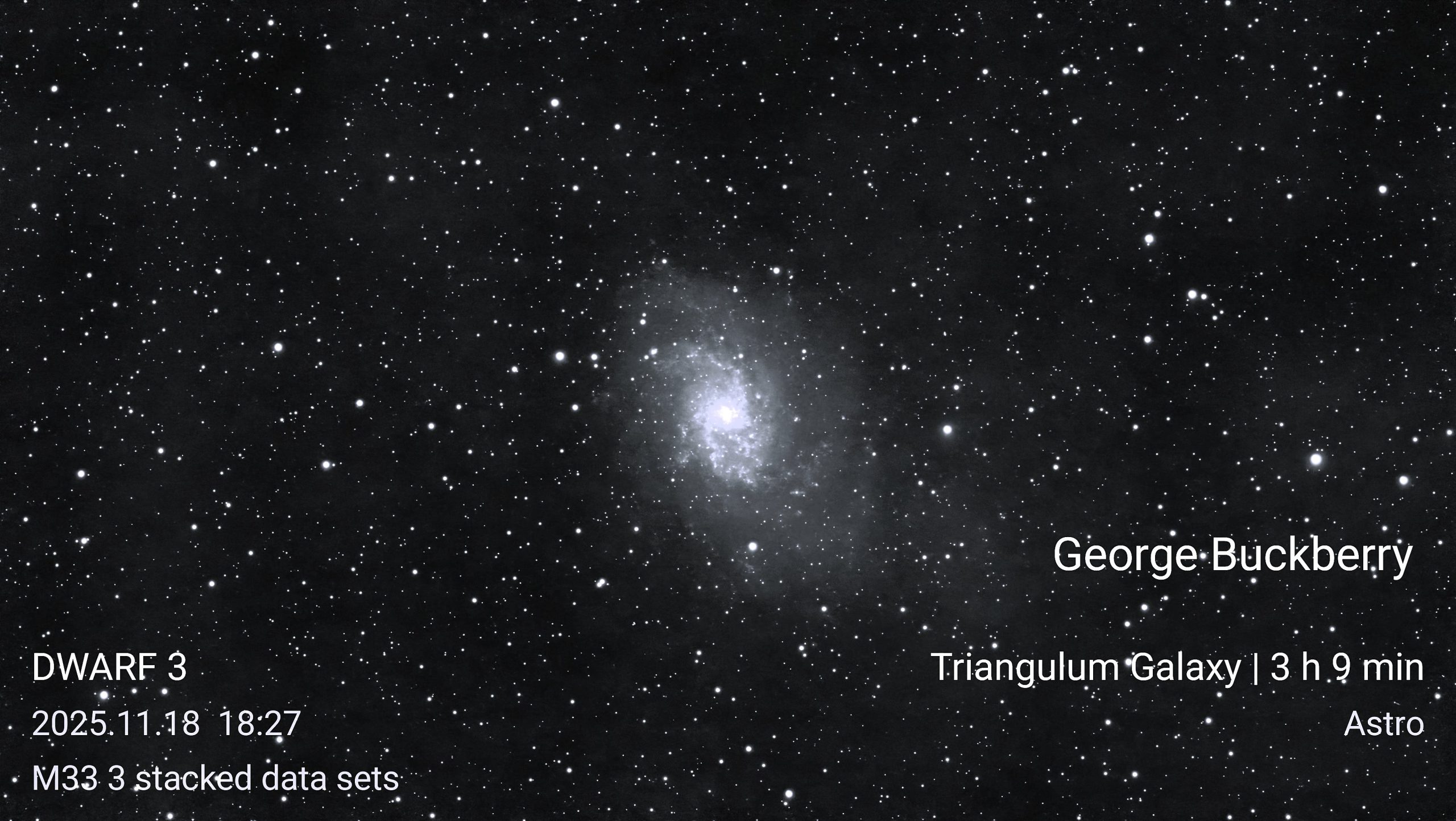

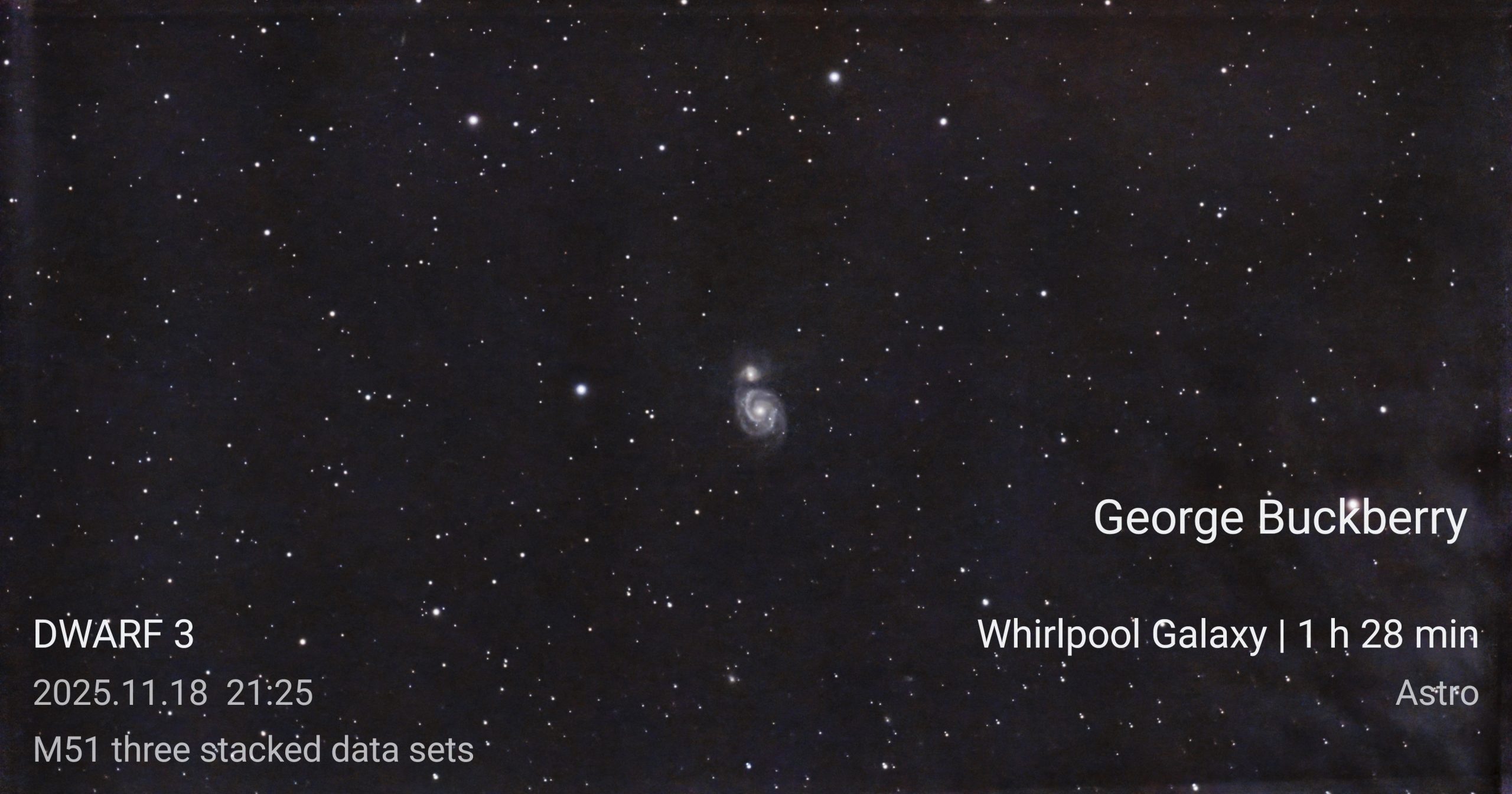
Dwarf3 images by Dr. Mike Rushton
Two super images taken by Dr. Mike Rushton using his Dwarf3 smart scope on the 12th November 2025 of the North America Nebula (Caldwell 20) and the Sun.
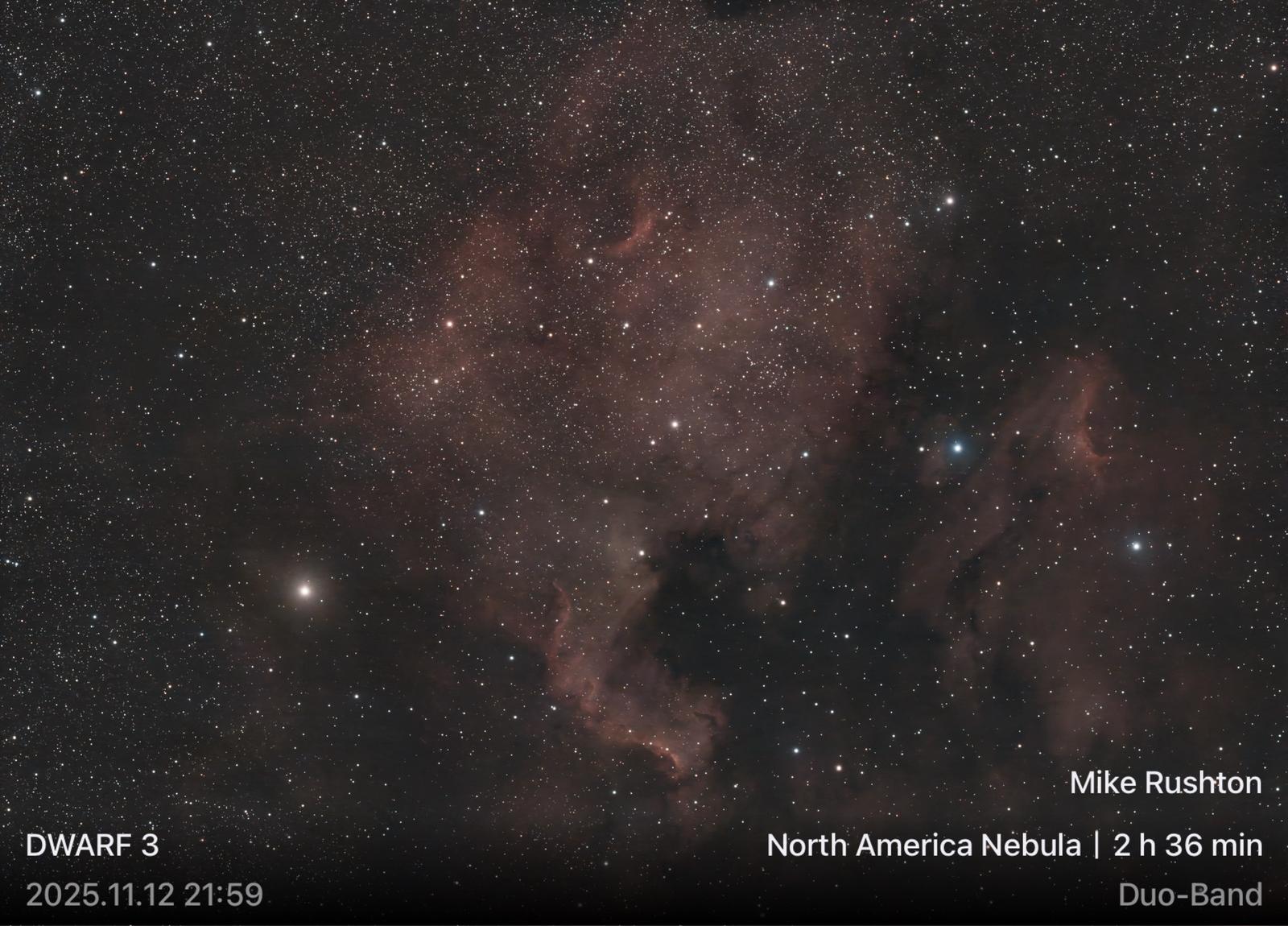
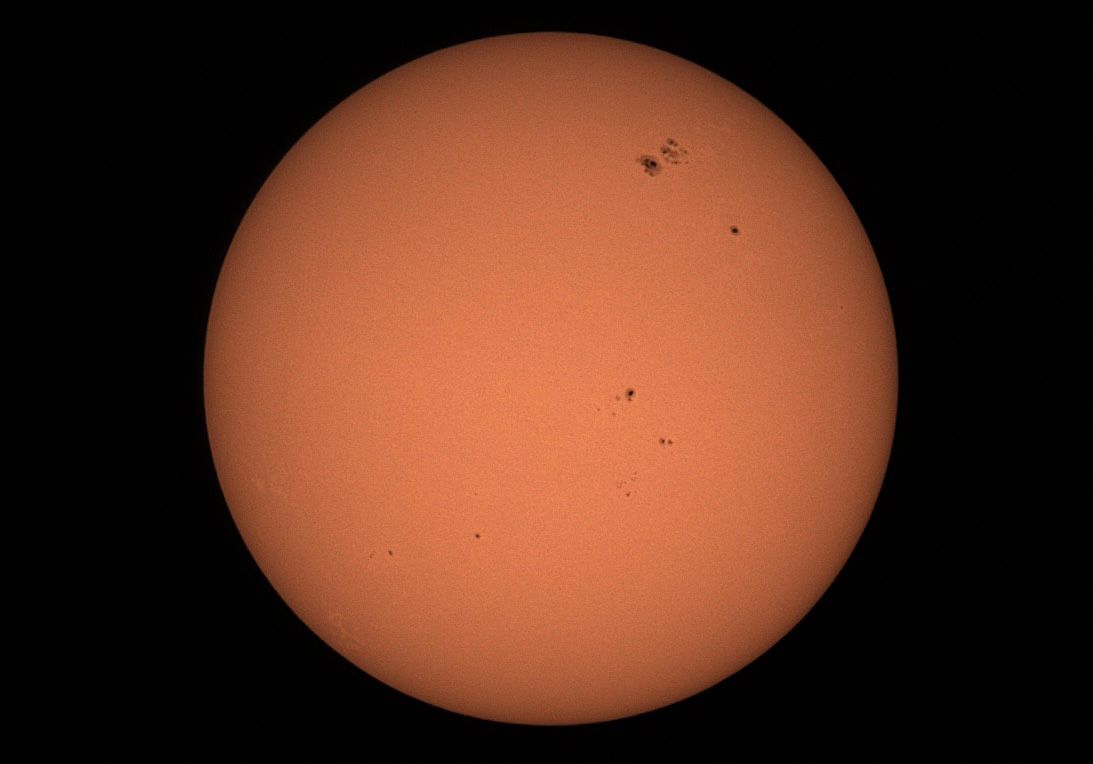
George Buckberry’s Dwarf3 images from the 8th November 2025
A super collection of images taken by member George Buckberry on the 8th November 2025 using his Dwarf3 smart scope.
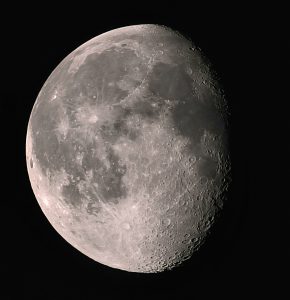
The Moon: 16 subs at 1/400th S exposure, Gain=0 and a Vis filter.
Details of how George took the rest of his images with the Dwarf3 are on written the photos.
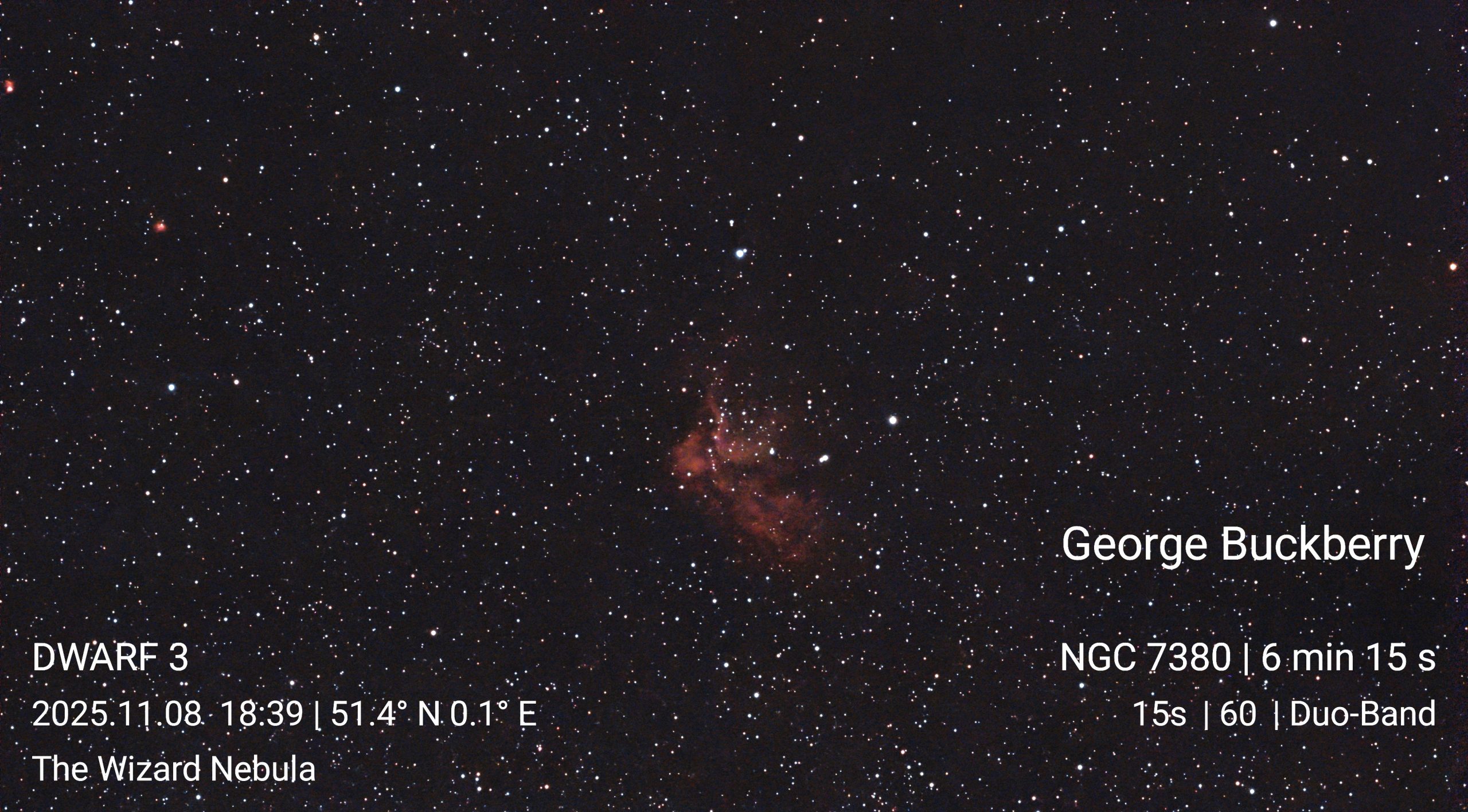
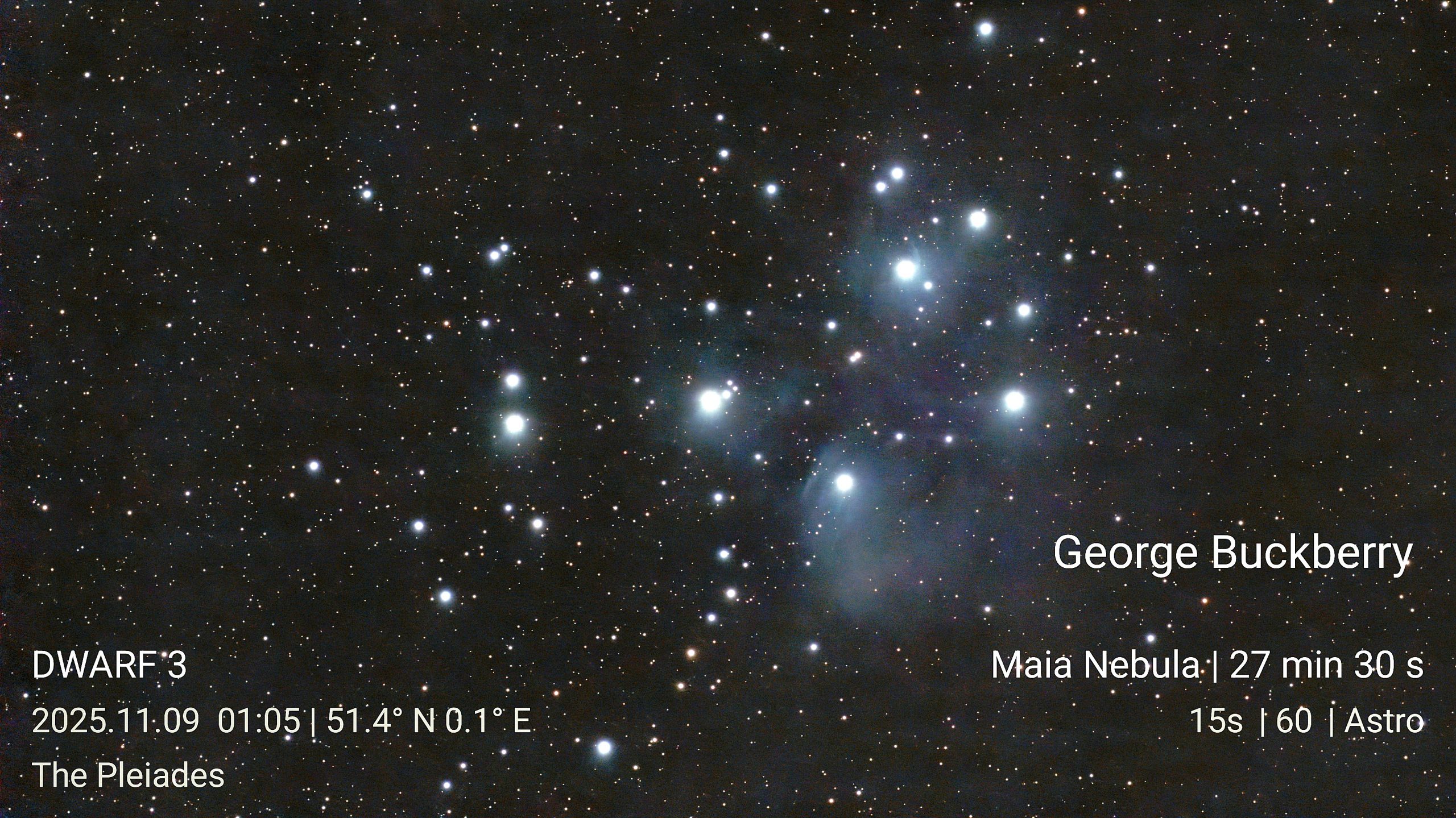

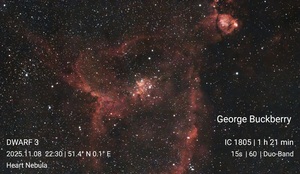
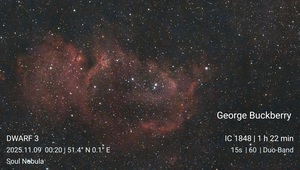
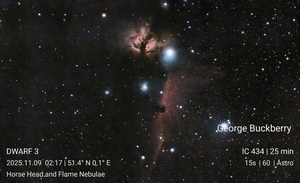

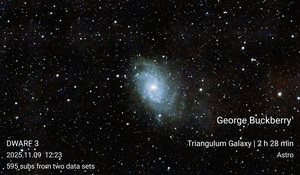
John Archer’s latest deep sky images
Two fantastic deep sky images by member John Archer taken on the 8th November 2025 using his Dwarf3 smartscope. Details of how John took his images are on the photos.
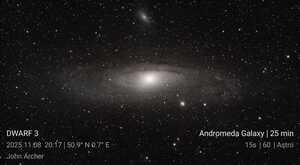
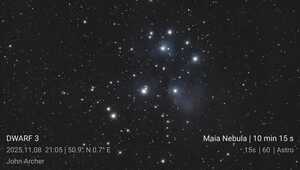
George Buckberry images taken on the 2nd Nov 2025
Three super images by member George Buckberry taken on the 2nd November 2025 using a Dwarf3 smart scope. All the images were run through Stella Studio.
- The Moon
- 300 stacked images at 15S exp, Gain10 and a Vis filter used.

- The Veil Nebula
- A four panel mosaic of 200 stacked images at 15S exp, Gain60 and a Duo Band filter used.

- NGC281 Pacman Nebula
- 710 stacked images in total at 15S exp, Gain60 and a Duo Band filter used. The image consists of three image data sets Mega Stacked.
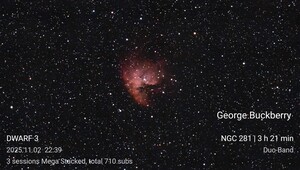
NGC 281 PACMAN NEBULA by member Neil Webster
A stunning image of NGC 281 the PACMAN NEBULA by member Neil Webster.
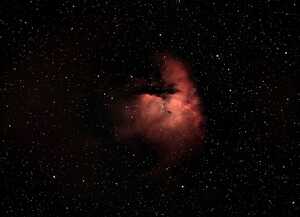
”Shot with an 89% Moon which made processing a challenge!! But, Gradient X Terminator saved the day!!’‘ said Neil
Image taken using – AA115mm APO, EQ6 R, ZWO ASI294MC Pro, Optolong L Enhance Filter, Orion 50mm Guide Scope and ZWO ASI290 MM Guide Camera.
Processed using APT, PHD, Nebulosity, PS (Camera Raw), Star X Terminator, and Gradient X Terminator.
45 x 240s Light, 12 x Darks, 30 x Flats/Bias
St Marys Platt, Kent 02/11/2025.
To see a higher resolution image of the nebula taken by Neil click the link below to be taken to Neil’s flickr page at https://www.flickr.com/photos/137388222@N05/54905884718/
Dwarf3 images by Kevin Smith
Two super deep sky images by member Kevin Smith taken using his Dwarf3 smart scope from Deal in Kent. The first image is of the North American Nebula and the second of the Maia Nebula.
The North America Nebula, also known as NGC 7000 or Caldwell 20, is an emission nebula in the constellation Cygnus, close to the star Deneb. It is named because its shape resembles North America.

The Maia Nebula is a bright reflection nebula in the Pleiades cluster (M45) within the constellation Taurus. The nebula has the designation NGC 1432 in the New General Catalogue. The Maia Nebula is illuminated by and surrounds the blue giant star Maia (20 Tauri), the fourth brightest star in Messier 45 and is composed of interstellar dust that reflects the star’s light creating a distinct ethereal appearance. It is approximately 400 light-years from Earth.
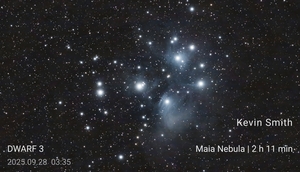
The Lobster Claw Nebula with the Bubble Nebula by Kevin Langford
A superb image of the Lobster Claw Nebula with the Bubble Nebula taken on Monday 22nd September 2025 from Bexley by CMHASD member Kevin Langford.

The Lobster Claw Nebula, also known as Sharpless 157 (Sh2-157), is an emission nebula located in the constellation Cassiopeia about 11,000 light-years from Earth. Its name comes from its distinct shape, which resembles a lobster’s claw and is formed by glowing gas, dark dust, and stars.
To the left of the claw in the image, you can see NGC 7635 – the Bubble Nebula, which is much more widely known. Also visible is the star cluster NGC 7510, above the lobster claw pincers (Chelae).
Kevin’s image consists of 3hrs in total of exposures.
Kevin acquired the image using an ES 102ED APO, 0.7x focal reducer corrector, Pegasus NYX-101, ZWO ASI071, Orion MMAG, L-eNhance filter.
It was then processed in Siril and Affinity photo.
To see a more detailed view of the image check out Kevin’s Flickr page at https://www.flickr.com/photos/77708720@N08/54809019524/
The Eastern Veil Nebula by Diane Clarke
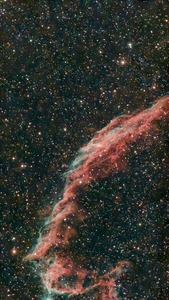
The Eastern Veil Nebula, also known as NGC 6992, is an expanding supernova remnant in the constellation Cygnus, bordering the constellation Vulpecula. It was formed by the explosion of a massive star 20 times more massive than the Sun that exploded approximately 8,000 to 10,000 years ago. It is composed of heated gas and dust and is part of a larger structure called the Cygnus Loop.
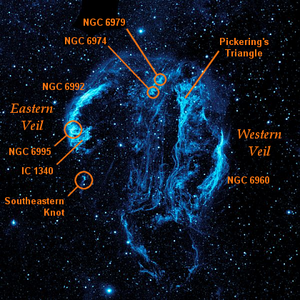
Soul Nebula (IC1848) by Kevin Langford
A superb image of the Soul Nebula (IC1848) in Cassiopeia taken by member Kevin Langford from Bexley, Kent.
This image was captured over three nights from the 2nd to the 4th March 2025.
Number of images taken = 130 x 180sec

Kevin took this image using an ES102ED APO with 0.7x focal reducer corrector, Pegasus NYX-101 mount, ZWO asi071, Orion NMAG and a L-enhance filter.
The image is a total of 6.5hrs of exposures.
Software used:
Nina to capture data.
Sirilic to stack images.
Siril to processes image.
Affinity Photo 2 to finish.
Check out Kevin’s Flickr page at https://www.flickr.com/photos/77708720@N08/54380781459/ .
Other Images
Sun | Comets | Mercury | Venus | Atmospheric Optics | Meteors | Auroa and NLC | Moon | Minor Planets | Mars | Jupiter | Saturn | Uranus | Neptune | Messier | Caldwell | All Deep Sky | Conjunctions | Transits | Solar Eclipse | Lunar Eclipse | Wide Field |ISS & Space Junk | Exo-Planets
All images are copyright. Permission must be sought to from the image owner to the use of any of these images.

